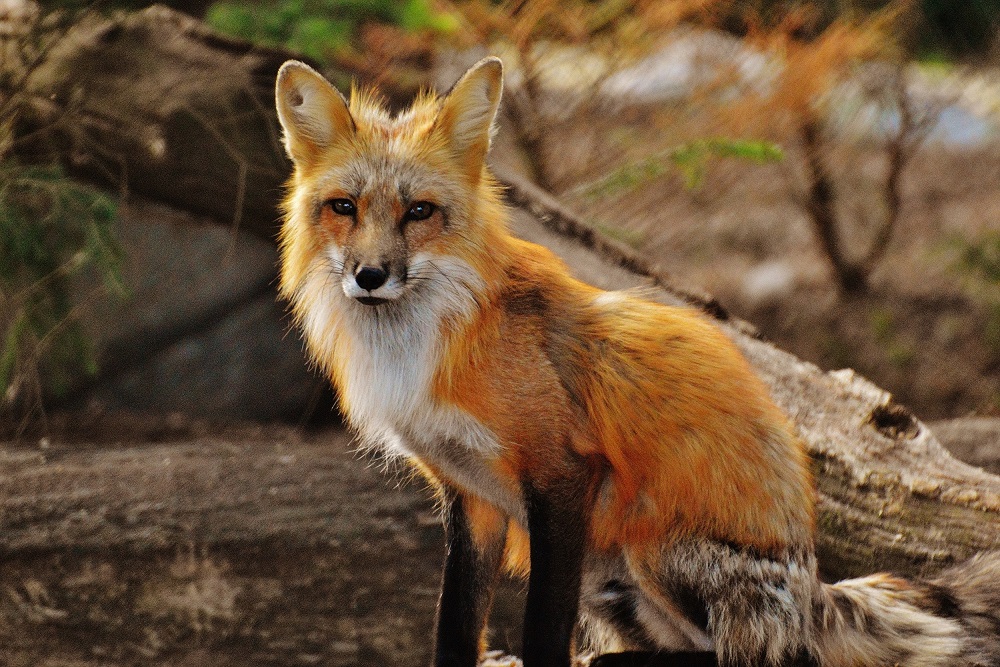Are you looking for a unique and fascinating pet to add to your family? Look no further than the domesticated red fox! These furry creatures have captured the hearts of many with their adorable faces, playful personalities, and surprising intelligence. But what makes them so special compared to other pets? In this blog post, we’ll dive into the history of domesticated red foxes, explore their unique traits and abilities, and provide some tips on how to care for them as pets. Get ready to fall in love with these amazing animals!
History of the domesticated red fox
The history of domesticated red foxes can be traced back to a Russian experiment in the 1950s. The aim was to study animal behavior by selecting and breeding foxes based on their friendliness towards humans. This led to the creation of a new breed that displayed dog-like traits such as wagging tails, barking, and even playing fetch.
Over time, these domesticated foxes became popular as pets due to their unique appearance and friendly nature. They have strikingly beautiful orange fur with white accents on their faces, chests, and tips of their tails. Unlike wild foxes, they are smaller in size and have shorter snouts.
Today, many people keep them as pets but it’s important to note that owning a domesticated red fox requires proper care and attention just like any other pet. They need space for exercise and playtime along with regular vet check-ups.
In recent years there has been an increase in demand for these animals which has raised concerns about ethical breeding practices. It is crucial to ensure that breeders follow strict guidelines when it comes to caring for these animals so that they can thrive both physically and mentally.
Why they are special
Domesticated red foxes are special because of their unique physical and behavioral traits. These animals have been selectively bred for over 60 years, resulting in a friendly and affectionate pet that is unlike any other.
One of the most striking features of these foxes is their stunning coat. Unlike wild red foxes, domesticated ones come in a variety of colors including silver, champagne, and even pure white. Their fluffy tails and adorable faces make them irresistible to animal lovers all around the world.
In addition to their beauty, domesticated red foxes possess an exceptional intelligence that sets them apart from other pets. They can be trained to do tricks such as sit, shake hands or even play fetch like dogs! Foxes are also known for being highly curious creatures who enjoy exploring new objects and environments.
However, owning a domesticated red fox comes with its own set of challenges. It’s important to remember that despite being bred as pets they still possess some wild characteristics which require specialized care such as enclosures with plenty of space to run around in or outdoor playtime on leashes.
It’s easy to see why these beautiful creatures have become so popular among pet owners worldwide – they’re smart, playful and incredibly lovable companions who bring joy into our lives every day!
How to care for a domesticated red fox
Caring for a domesticated red fox requires dedication and understanding of their unique needs. To ensure your furry companion thrives, provide an appropriate living environment to accommodate their natural instincts.
A spacious outdoor enclosure is ideal, as it allows them to frolic and explore while remaining safe from potential dangers. Include hiding spots, climbing structures, and digging areas to keep them mentally stimulated.
Feeding your domesticated red fox also demands special attention. A diet consisting of high-quality dog food supplemented with raw meat offers essential nutrients for optimal health. Avoid feeding table scraps or unhealthy treats that could lead to obesity or digestive issues.
Regular veterinary care is crucial for maintaining the wellbeing of your pet fox. Find a veterinarian experienced in treating exotic animals who can address any concerns regarding vaccinations, parasite control, and general health assessments.
Socialization plays a vital role in ensuring a well-adjusted domesticated red fox. Expose them to various people and environments early on so they develop confidence and form positive relationships with humans.
Remember that patience is key when it comes to training these intelligent creatures; use positive reinforcement techniques such as praise or treats when they display desirable behaviors.
Conclusion
Domesticated red foxes are special and fascinating creatures that make wonderful companions. With their intelligence, affectionate nature, and adaptability to human environments, they have become a beloved pet for many people around the world.
However, it’s important to remember that owning a domesticated red fox is not for everyone. Their unique needs require dedicated care and attention from their owners. It’s essential to do your research and ensure you can provide them with the proper environment and resources they need before considering adopting one as a pet.
If you’re looking for an extraordinary addition to your family who will bring joy and wonder into your life, a domesticated red fox could be just what you’re searching for. They truly are one of nature’s most remarkable creations!








